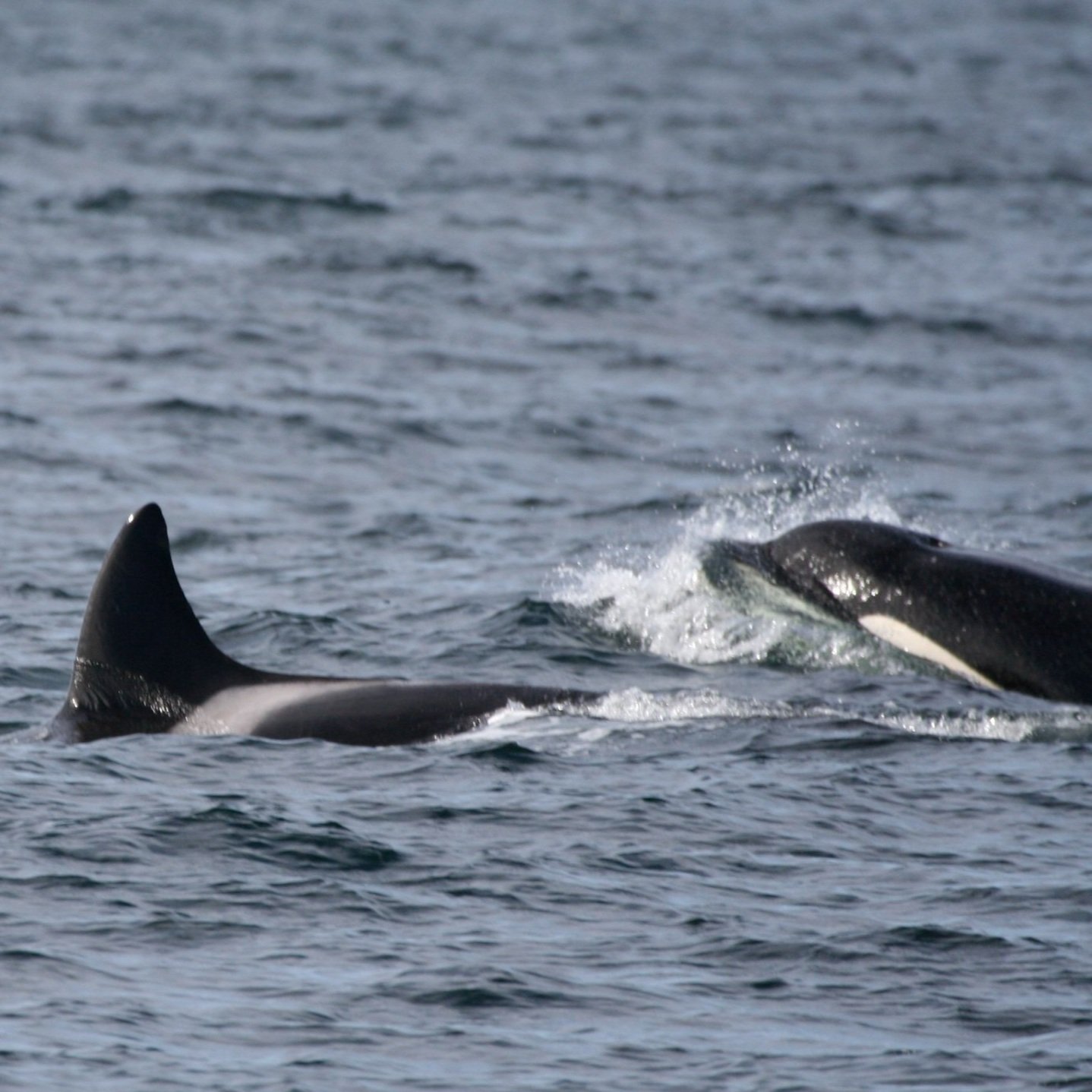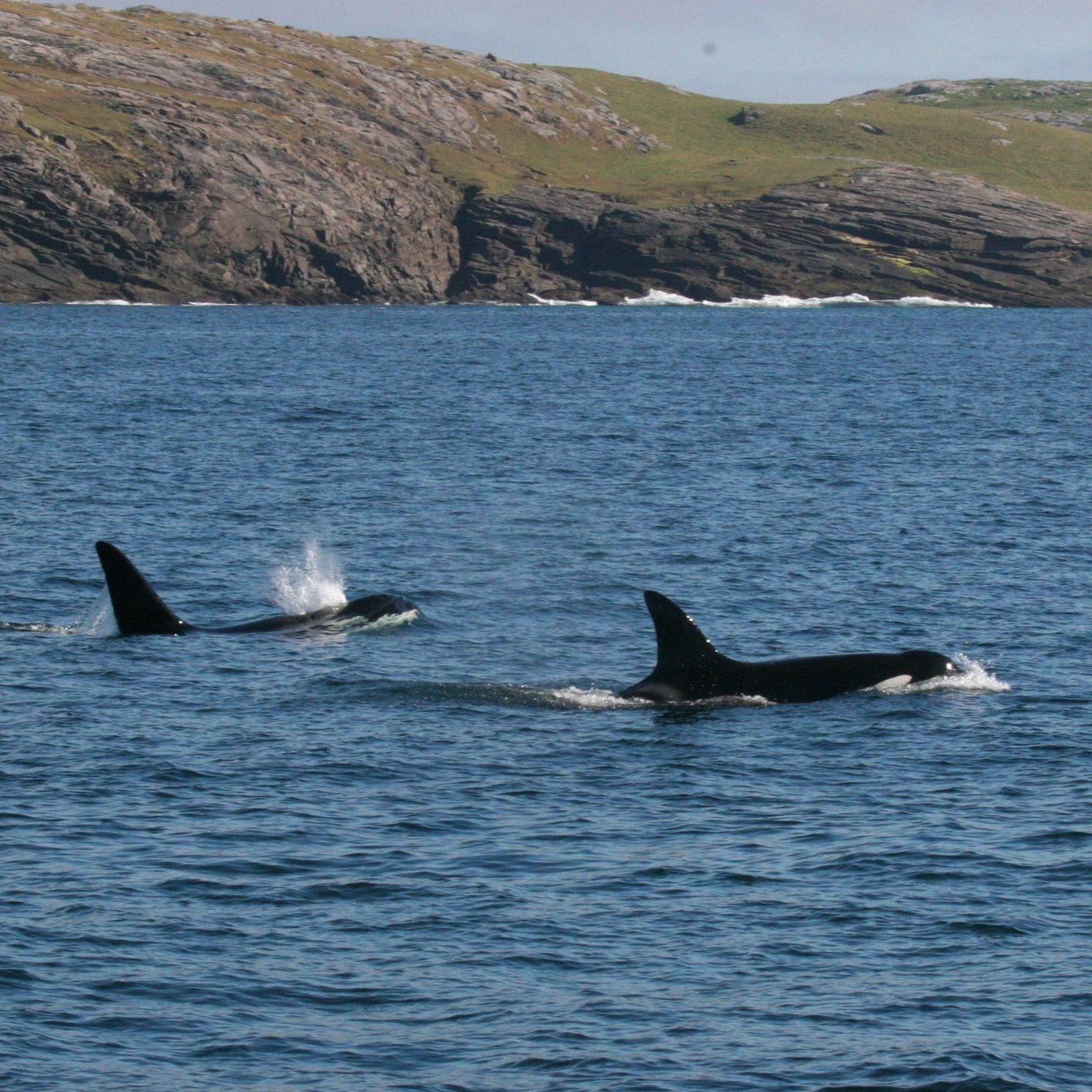Killer Whale Mums Mean Business
Female killer whales are easily distinguished from the males by their smaller dorsal fin
On Mother’s Day, we’re taking a dive into the maternal instincts of whales, exploring how dedicated killer whale Mums are when it comes to raising young…
As with most mammals, whales are devoted mothers, not least growing the calf for many months - the gestation period for blue whales is thought to be up to 18 months! Once delivered whale mums are very attentive; feeding their young for many months, and nurturing their development for many years.
GRANNIES KNOW BEST
Killer whales form a matriarchal society, where the pod is led by an older female. Sons and daughters stay with their mother’s pod through-out their lives, although both sexes search for mates from other pods to prevent inbreeding. Killer whales are one of the few species on our planet where females experience the menopause, demonstrating the wealth of knowledge and experience these older females bring to the family group. It’s suspected that killer whale grannies boost the survival of their grandchildren, not least by sharing their extensive knowledge, particularly useful in times of scarcity, but also distributing prey they have caught, directly helping nourish the younger members of their pod.
John Coe, and females Moneypenny and Lulu from the West Coast Community in 2014
MUMMY’S BOYS
Recent research has shown that killer whale mothers devote an additional amount of resource to raising their sons, apparently hampering their ability to reproduce further. While female killer whales tend to become independent when mature, males appear to rely on their mothers for food well into adulthood. It should be noted that this study was undertaken by analysing the relationships within the Southern Resident population in the northwest Pacific, and perhaps not all killer whale males are such ‘mummy’s boys’.
ADOPTING A PILOT WHALE CALF
It seems that killer whales don’t limit motherly behaviour to their own species - a female has been recorded with a pilot whale calf, apparently having ‘adopted’ it. The small calf was recorded swimming in the ‘drafting’ position, which is common in mother-calf observations, allowing the calf to use less energy by riding in the mum’s slipstream. This unique encounter was made by researchers from Orca Guardians Iceland in August 2021 and has recently been the subject of a research paper. It remains a mystery as to whether the pilot whale calf was ‘adopted’ or ‘abducted’ – pilot whales have been witnessed ‘chasing’ killer whales from an area, so this is perhaps more likely a case of kidnap than nurture of a solitary calf.
There is still so much to learn about killer whales at both an individual and population level. Only with long term monitoring of the species can researchers understand the life stories of individuals over time, enabling researchers to build a picture of the extended family unit.
You can help monitor the whale, dolphin, and porpoise populations off Scotland’s west coast by sponsoring our very own West Coast Community of killer whales. Sadly, the females of the West Coast Community never had the opportunity to become mothers as no calves have been recorded in the group since we began monitoring.





